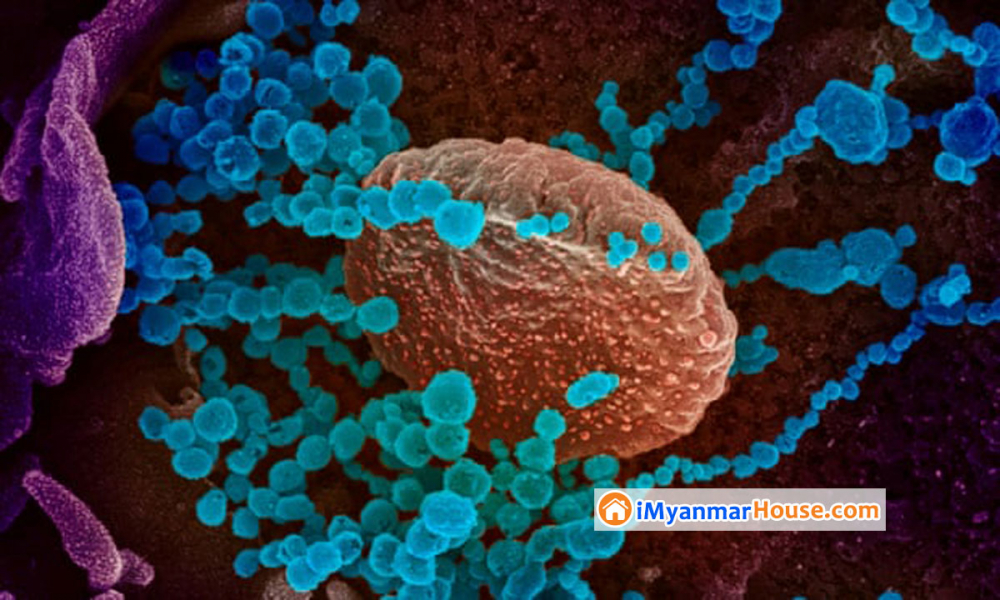
Foreign Property News | Posted by Hnin Ei Khin
Cellular (T-cell) immunity against the virus that causes Covid-19 is likely to be present within most adults six months after primary infection, with levels considerably higher in patients with symptoms, a study suggests.
The data offers another piece of the puzzle that could be key to understanding whether previous Sars-CoV-2 infections – the virus behind Covid-19 – can prevent reinfection, and if so, for how long.
The study, led by the UK coronavirus immunology consortium, evaluated 100 non-hospitalised healthcare workers in March and April after antibody responses were detected in them.
It is yet to be peer-reviewed.
It is the first study to offer data on T-cell levels six months after infection in people with mild or asymptomatic disease that is likely to represent the majority of infections, the authors say.
The results of the study are likely to be viewed positively, after previous studies suggested antibody levels can decline within the first few months post-infection.
Data released from a 100,000-person sample in August indicated about 6% of the population of England had antibodies – proteins produced in response to an infection – but antibody levels dropped by more than a quarter in three months, researchers revealed in late October.
Once the virus enters the body, it is greeted by a cavalry of cells that mount a counterattack that is swift, broad and generic.
This so-called innate immune system is meant to arrest the infection in its tracks.
If that mission is foiled, it buys time until the “experts” show up.
These experts constitute two types of white blood cells: B-cells and T-cells, that work like brothers-in-arms.
If the virus makes it past the initial assault, some T-cells are slayers, annihilating respiratory cells the pathogen has colonised.
Meanwhile, helper T-cells take on a supportive role – including stimulating B-cells to produce molecules called antibodies that render the virus immobile or thwart it from penetrating other cells.
After being tracked for six months, researchers found that every person had detectable T-cell levels, and levels were 50% higher in people who had experienced symptoms at the time of infection.
This could mean that either there will be more protection in people with more severe initial disease, or conversely, that people with asymptomatic disease are able to control the virus with lower levels of T-cells, they said.
Ref: The Guardian









